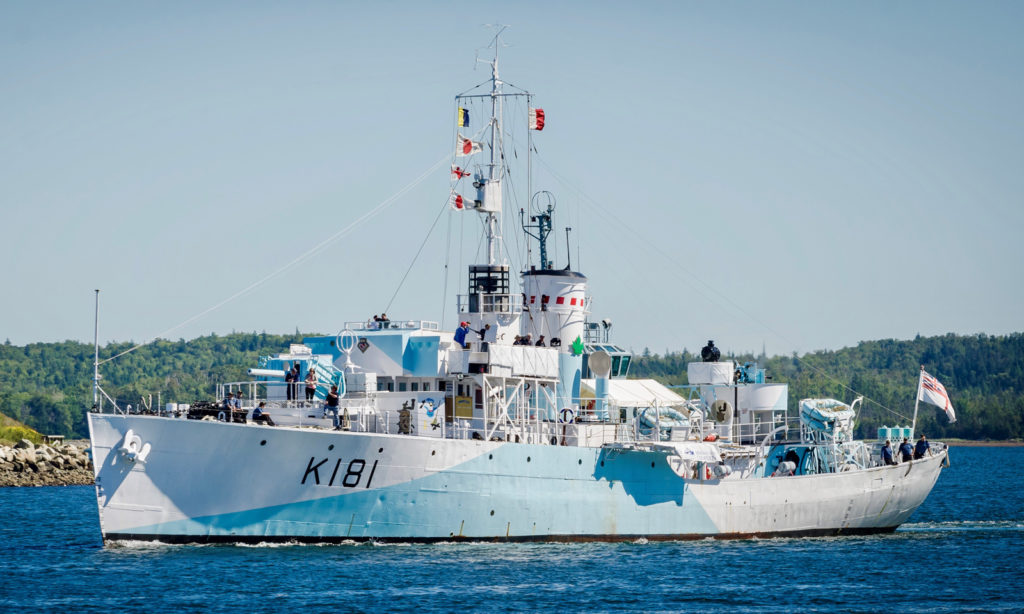Could the RN have put surveillance radar on something the size of a Fairmile D Torpedo Boats? Or would you need to move up to something the size of a modernized version of the WW1 D-Class?
All I'm thinking is having a group of small fast patrol vessels all along the East Coast of Malaya (and possibly stumbling further North from time-to-time), might make a great trip wire.
It also probably would've been good around Borneo, Suez, etc.... although likely not suitable for rougher seas around the British Isles.

All I'm thinking is having a group of small fast patrol vessels all along the East Coast of Malaya (and possibly stumbling further North from time-to-time), might make a great trip wire.
It also probably would've been good around Borneo, Suez, etc.... although likely not suitable for rougher seas around the British Isles.
